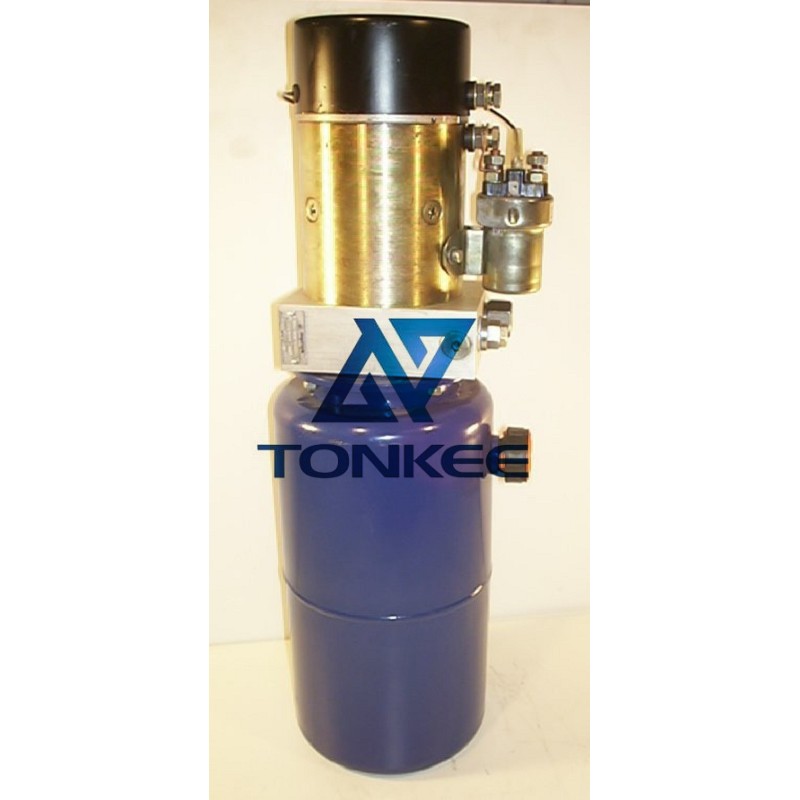
The PP1222005CPE is a hydraulic gear pump, which means it operates by using the meshing action of two gears (usually helical or spur) to trap and transport hydraulic fluid, creating flow and pressure.
Flow Rate:
This gear pump is designed to deliver a specific flow rate of hydraulic fluid, typically measured in gallons per minute (GPM) or liters per minute (LPM). The flow rate of this particular model may vary depending on application and operating conditions.
Pressure Rating:
Hydraulic systems require specific pressure levels to perform various tasks effectively. The PP1222005CPE is rated to provide a certain maximum pressure, often measured in pounds per square inch (PSI) or bars. This specification is crucial to ensure that the pump can handle the pressure demands of the application.
Material Composition:
The construction material of this gear pump is vital for its durability and resistance to wear. Typical materials include cast iron, aluminum, or other alloys. Knowing the material composition is essential for compatibility with the hydraulic fluid and the environmental conditions in which the pump will operate.
Mounting Configuration:
The pump's mounting configuration determines how it can be installed within a hydraulic system. Common mounting options include flange-mounted, foot-mounted, and SAE-mounted. This specification helps ensure that the pump fits seamlessly into the intended system.
Shaft Size and Keyway:
The shaft size and keyway dimensions are essential for coupling the gear pump to a prime mover, such as an electric motor or an internal combustion engine.
Proper alignment and secure coupling are critical to the pump's performance and longevity.
Seal Type:
Seals are crucial in preventing fluid leakage and maintaining system efficiency. Hydraulic gear pumps like the PP1222005CPE may feature various types of seals, such as lip seals, O-rings, or shaft seals. The seal type influences the pump's compatibility with different hydraulic fluids and operating conditions.
Rotation Direction:
Some hydraulic systems require specific rotation directions to function correctly. Knowing the pump's rotation direction (clockwise or counterclockwise) is crucial to ensure it aligns with the system's requirements.
Noise Levels and Vibration:
Reducing noise and vibration is essential in many applications, particularly those where operator comfort or noise regulations are a concern. Manufacturers may provide specifications regarding the noise levels and vibration characteristics of the PP1222005CPE.
Temperature Range:
Hydraulic systems can operate in a wide range of temperatures, from extreme cold to high heat. Understanding the pump's temperature range ensures it can function reliably in the given environmental conditions.